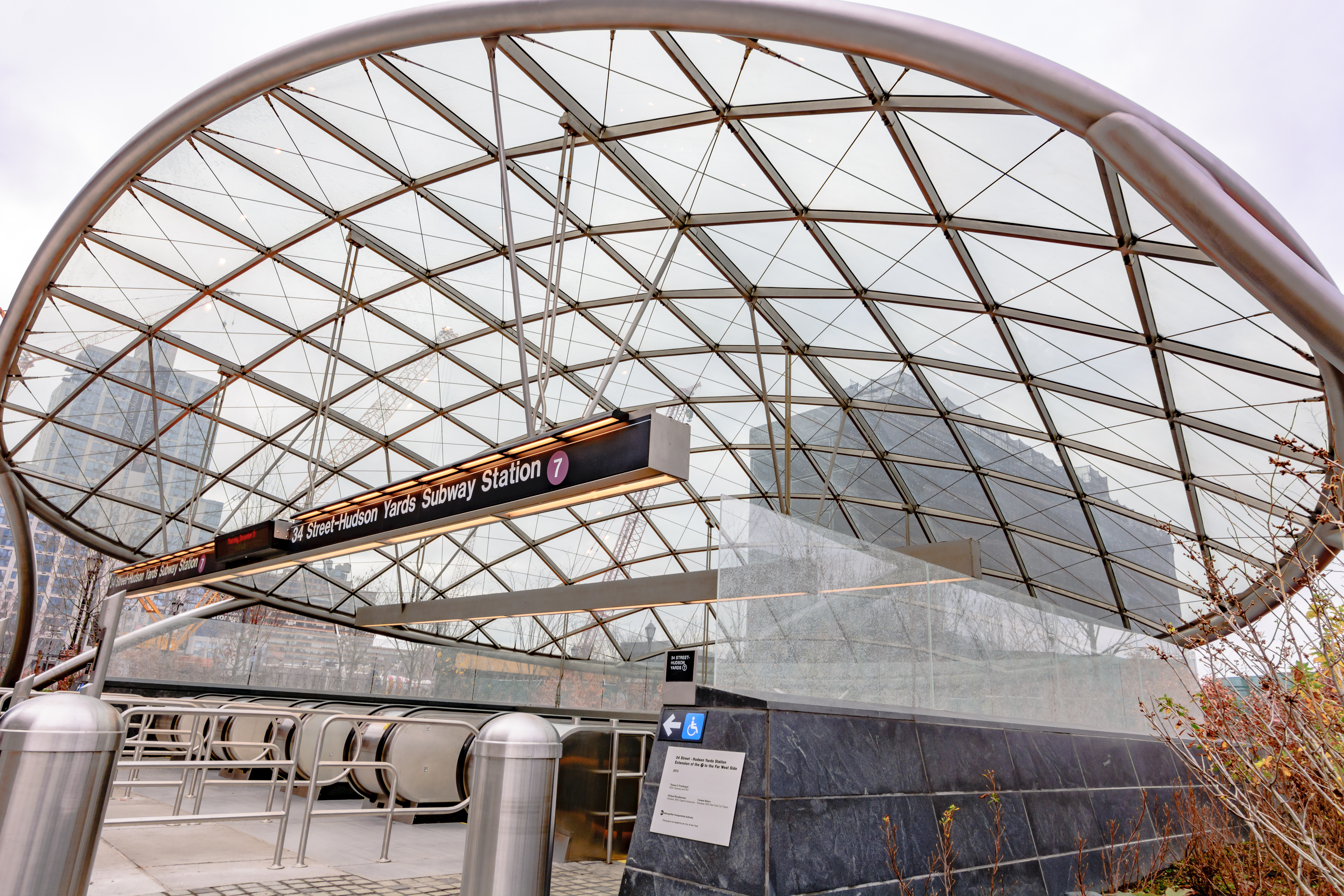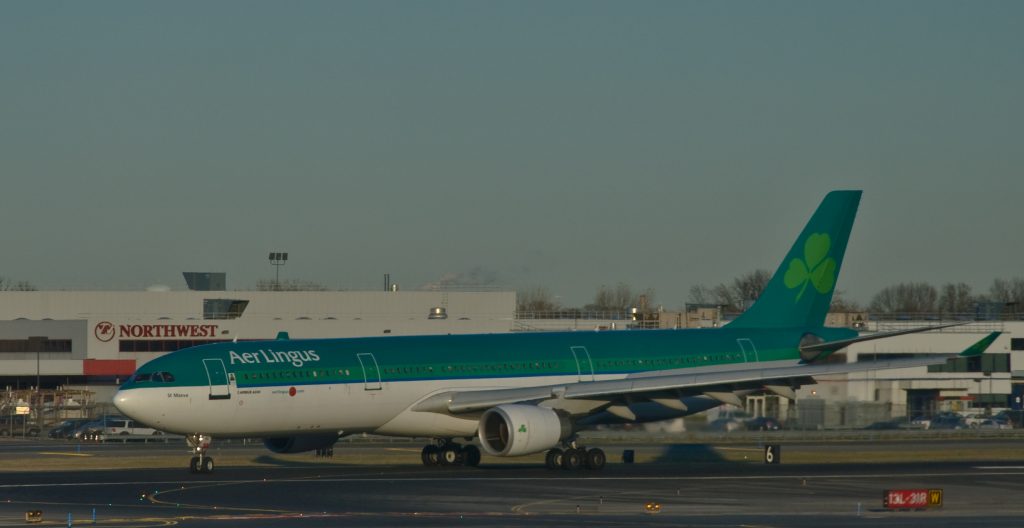Words in the News: Woke
 My advanced English students, many with high-level positions and graduate degrees, have lately been stumped by a one syllable word: woke. It appears not only on social media, but often in news stories and opinion pieces. (more…)
My advanced English students, many with high-level positions and graduate degrees, have lately been stumped by a one syllable word: woke. It appears not only on social media, but often in news stories and opinion pieces. (more…)
Word of The Day: Spiel
Sometimes, teaching advanced students can be more challenging than teaching beginners, so it’s always fun for me when I come across a commonly used word that I think might stump my advanced English language learners. (more…)
Funky town! Words of the day: Funk and Funky
 Are you tired of being cooped up? Has lockdown put you into a funk? Do you feel like you are under house arrest? If so, maybe it’s time for a little English vocabulary lesson focusing on the words funk and funky. If you are having trouble with any other words in this post, don’t worry! There’s a short glossary at the bottom of the page! (more…)
Are you tired of being cooped up? Has lockdown put you into a funk? Do you feel like you are under house arrest? If so, maybe it’s time for a little English vocabulary lesson focusing on the words funk and funky. If you are having trouble with any other words in this post, don’t worry! There’s a short glossary at the bottom of the page! (more…)
The Most Confusing Phrasal Verb in English!

English has tons of idioms and phrasal verbs which are difficult for non-native speakers to master. Phrasal verbs are especially tough because they often have more than one meeting, or the meaning is idiomatic and difficult to explain. I love to teach the difficult ones! One of my favorites is “set off.” “Set off” seems to mean the opposite of what we think it should mean. (more…)
Getting Around – What Foreigners Get Wrong About The NY Subway System

(This article is for intermediate and advanced English language students. The words in boldface have definitions attached or added in parenthesis. Please pay attention to the use of “get” and “run” throughout the post.)
Most of my students live in the New York metropolitan area. Many of them have to take the subway to get around. My students are a sophisticated bunch. Most speak several languages, and have lived in big cities with subway systems before. However, they find New York’s system particularly mysterious and difficult to maneuver. They will ask for directions in a way that may seem perfectly logical given their experience with other subway systems, but will leave New Yorkers completely flummoxed, confused, befuddled, and bewildered!
Our subway system is one of the world’s oldest, and one of the largest. It grew from several private companies, and remnants of that history still exist. We have our own vocabulary for understanding our system and our own way of asking others for help. In this post, I’ll help you learn how to ask a New Yorker for directions on the subway, and how we think about and navigate the system.
But first, if you are looking for a good “how to” guide to the system, here’s a link to a good overview put together by one helpful rider.
My tips are less comprehensive, and based more on the feedback, questions, and occasional arguments, I’ve had with students. These tips are meant to help people who aren’t from New York, and whose first language isn’t English. These tips are helpful whether you are here for a short stay (as a tourist) or for the long haul. (more…)
12 Foreign Words and Phrases New Yorkers Love to Use
It’s no secret that languages borrow from other languages. The French, despite their reputation as linguistic puritans, are known for enjoying “le weekend.” Any English-speaking fan of telenovelas has probably heard the word “look” being used to describe one’s personal physical appearance and style.

English has always had its fair share of borrowed phrases. When Europeans first arrived in the Americas they stole native words as well as land.

Americans have adopted many foreign words and expressions that were brought to our shores by people who came here from all over the world. New York City, which continues to draw immigrants, visitors, dreamers, and doers from every corner of the planet, has a particularly rich history of taking words of foreign origin and adding them to our unique regional lexicon.
Below is a list of 12 foreign words and phrases that one is likely to hear in New York. I’ve excluded words used only to describe foods such as pizza, tacos, and so on. They’re too easy! Most of these words have been brought to me by my English-language students who heard them at work, in social settings, or on television.
Watch Me Teach Live
Most of my students want PRIVATE lessons. They are self-conscious about their English, and don’t want an audience on the world wide web! However, last week I was asked to teach a lesson on somebody’s livestream. I wasn’t sure, how it would work. We were supposed to meet indoors for a regular lesson, but we wound up meeting outside. It was cold and windy. I didn’t write anything down, which is unusual for me. The student was interrupted by his audience, who had many questions and comments! It was very distracting!
Here is a link to the livestream. My lesson starts at about 1:20:
The Old Bait and Switch
Let’s try something different. I’ve created an audio file, so you can listen to this lesson as you follow the transcript below. Words in boldface are explained in a short glossary beneath the text.
“Bait and switch” is a commonly used expression. It comes up in conversation, and it’s mentioned sometimes in newspaper and magazine articles. In fact, if you google it, you’ll find plenty of references!
Getting to JFK: Here Are Your Options

“Why isn’t there a direct subway line to the airport?”
“Why is it so expensive to get to Kennedy?”
“I always take Uber, but how do you New Yorkers get to the airport?
I get these questions a lot. Many of my English language students are here on work transfers, or they are the spouses of someone with an L-1 visa. They love to explore U.S. destinations, including San Francisco, Seattle, and Los Angeles . They enjoy going back home for the holidays. Some of them have a “revolving door” of visitors crashing on their couch. They often lament the high cost of getting to the airport, and are surprised that a major city like New York, doesn’t offer better options. Usually, they take Uber.
Today I’m going to give you some other options for getting to JFK. I will follow up with posts on getting to Newark Airport and LaGuardia.